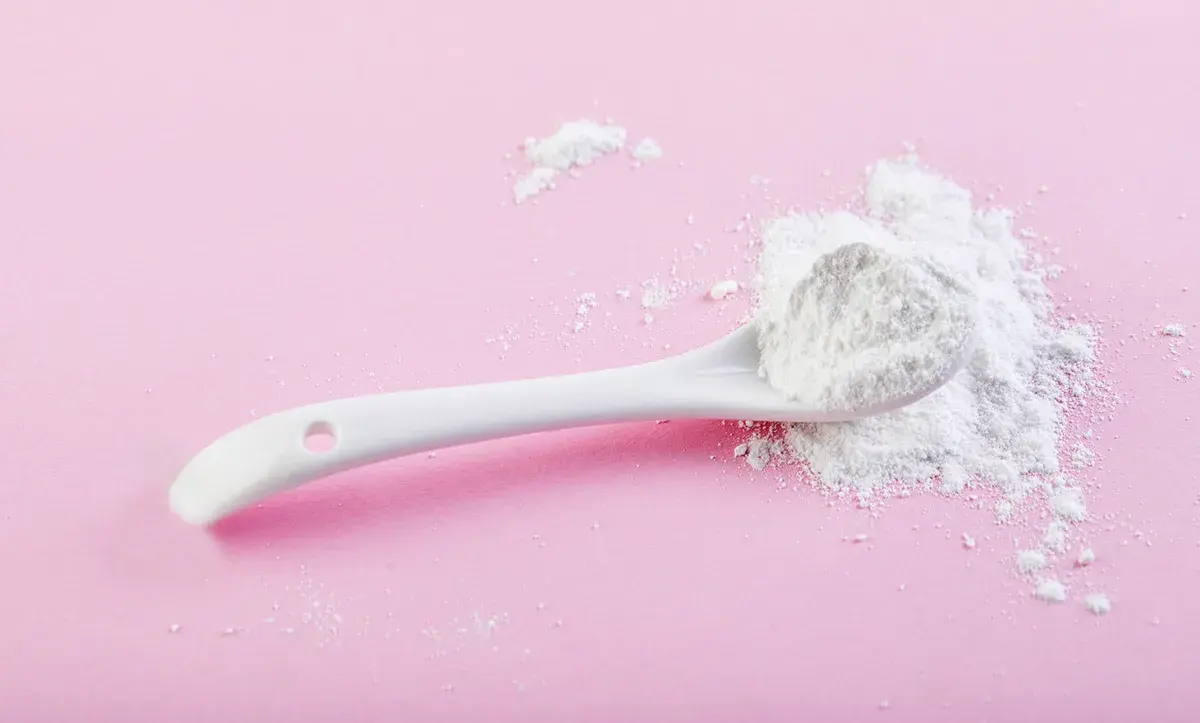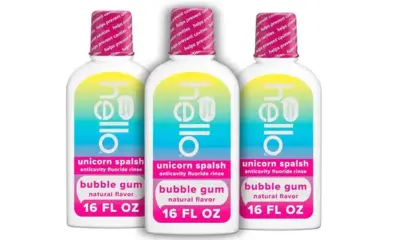Policy & Regulation
FDA Mandates Talc Testing in Cosmetics

Standardized Talc Testing in cosmetic to Ensure Consumer Safety
The FDA has proposed new guidelines for talc testing in cosmetic products to ensure consumer safety. This move aims to reduce the risk of asbestos contamination in talc-based cosmetics, improving public health and product reliability.
Why Talc Testing Is Important
Talc is a common ingredient in cosmetics due to its moisture-absorbing and texture-enhancing properties. However, talc deposits often form near asbestos, posing a contamination risk. The new talc testing regulations aim to address this concern by standardizing the detection process.
Approved Talc Testing Methods
Under the new rules, manufacturers must adopt specific analytical techniques to ensure their products are asbestos-free. These approved methods include:
- Polarized Light Microscopy (PLM) with dispersion staining
- Transmission Electron Microscopy (TEM) with Energy Dispersive Spectroscopy (EDS) and Selected Area Electron Diffraction (SAED)
Alternatively, manufacturers may provide a certificate of analysis from their talc supplier to confirm product safety.
Compliance and Consumer Safety
The FDA’s proposed rule requires manufacturers to maintain detailed compliance records. If asbestos is detected, the product will be deemed adulterated under the Federal Food, Drug, and Cosmetic Act (FD&C Act). This ensures swift regulatory action to protect consumers.
Public Feedback and Next Steps
The FDA has opened a 90-day public comment period to gather industry and consumer feedback on the proposed talc testing guidelines. After reviewing the comments, the FDA will finalize the rule, reinforcing its dedication to consumer safety.
For more updates on cosmetics regulations and product safety, explore more news on this website.





















